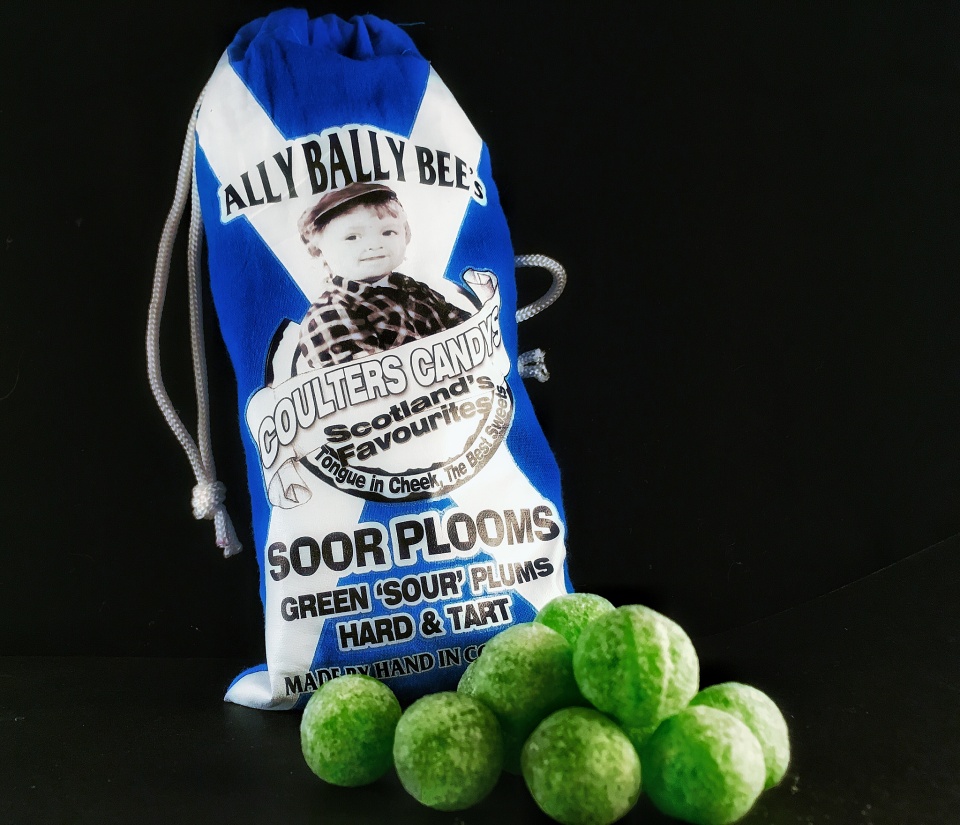

Hustle and bustle got a mention in a Wordsworth poem. Some reason Scotland really took to them."įrom the 1760s, Greenock was the destination for thousands of tonsīy the 19th century, the town was known as Sugarapolis and its Tim said: "New sweeties started to appear, like rock andīoiled sweets made in imitation of expensive crystallised fruit, and for

It was when the prices dropped in the 18th and 19th centuries that

Later an extravagant 12 boxes were scattered among the people. The accession of James IV to the throne, and for his wedding two years In Edinburgh in 1587, the provost handed sweets out to celebrate Ordinary people only tasted it on special occasions. `sukkermen', were mentioned as early as 1503.īut sugary sweets were then still a very expensive treat and the

Edinburgh's first sugar confectioners, known as UNTIL sugar arrived in the 16th century, honey was Scotland's Tim said: "The idea of a sweetie on a cold day is very niceīut it does not explain why other countries with hot climates, such as Others reckon it is because of our cold, rainy climate. Practice of taking the bees to the heather in the summer time to improve Some say it is because of native bee- keeping skills and the The Scots have been cultivating their sweet tooth for generations.īut why they are so fond of the taste is a mystery. Utensils, a fire and a slab to knead the pulled sugar." "Although I suppose all they needed was a copper pan, Were even so well-known they have gone down in song. Them - and some of them, Candy Kate, Sweetie Annie and Taffie Knott, On the side and selling their wares in the street - no other country had "There were even `sweetie wives' who started making sugar Readily available, but Scotland took to making and eating new sweets "The price of sugar dropped at that time, making it more Scotland really is the master of sweet making Known exactly why there was such an explosion in sweet creativity in theġ8th and 19th centuries. The people's sweet tooth is renowned but it is far from He said: "Scotland is very important in the development of Idyllic Bournville village built by Mr Cadbury for his workers inīirmingham, Tim exudes enthusiasm for sweets.Īnd he keeps a special passion for Scotland's role in Yorkshire, complete with churning urns of multi-coloured goo, to the On a Willy Wonka-style voyage through the story of confectionery.įrom his own fascinating trip round the surreal Haribo plant in In his book, Sweets: A History Of Temptation, Tim takes his readers "Scotland has been at the heart of this last great swathe ofĬonfectionery inventiveness and its boiled sweets are the best in the Speaking peoples since the mid-19th century. He said: "There have been three great sweet-eatingĬivilisations in the history of mankind - ancient and modern India,Īrabia and the Middle East since about the ninth century and English. Scotland, we are at the centre of one of the world's three biggest Richardson announced that, 50 years after rationing came to an end in So it came as no surprise when self-declared sweet historian Tim Scottish black market confectionery industry thrived. Of children raised on sugary tablet, soor plooms and Highland toffeeĬrave sweetness right into their adult lives.Īnd when sweets were rationed during the Second World War, the SWEET-toothed Scots are famous for their love of candy.
SOOR PLOOMS FREE
MLA style: "SWEET MEMORIES From soor plooms to Highland toffee and Edinburgh rock, how Scotland has given the world a real treat." The Free Library.


 0 kommentar(er)
0 kommentar(er)
